Home>Storage Ideas>Storage Baskets>How To Care For Hanging Flower Baskets
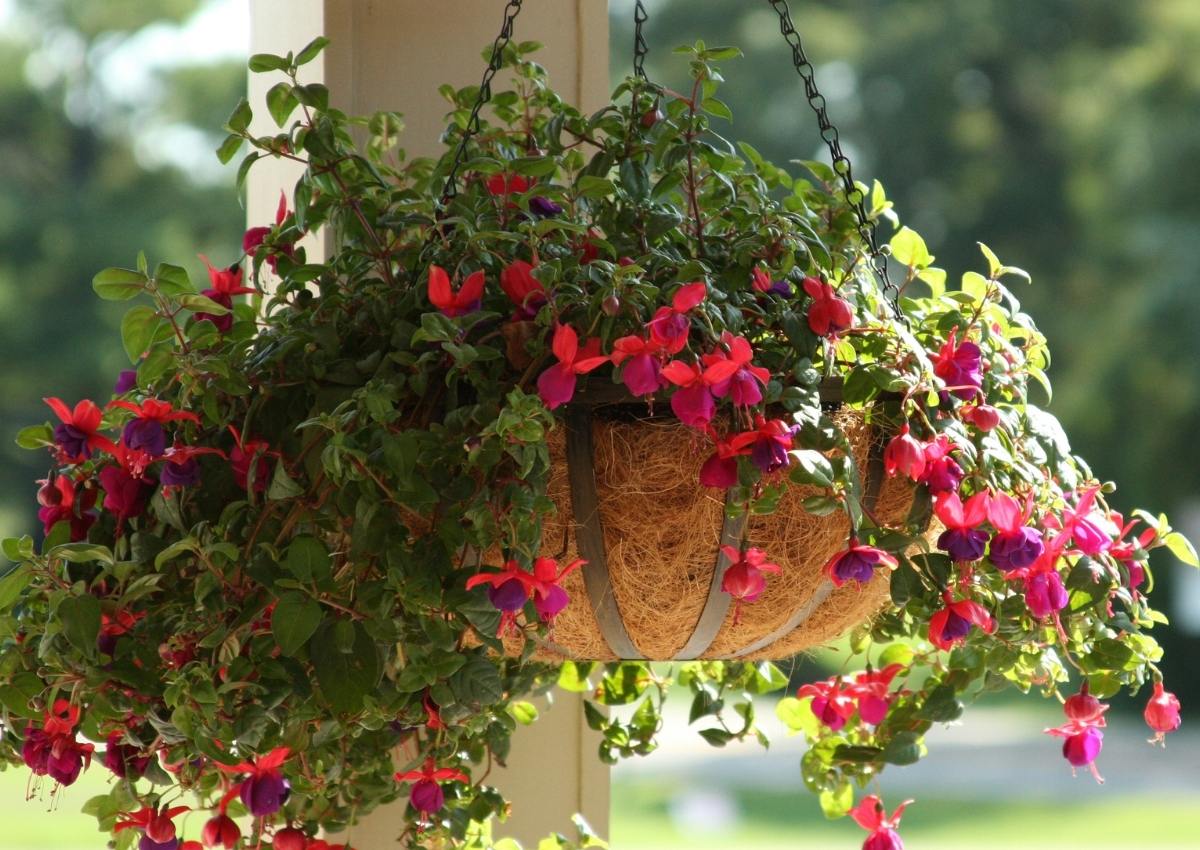

Storage Baskets
How To Care For Hanging Flower Baskets
Modified: February 25, 2024
Learn how to care for your hanging flower baskets and keep them blooming all season long. Find tips and advice on watering, fertilizing, and proper storage baskets for off-season.
(Many of the links in this article redirect to a specific reviewed product. Your purchase of these products through affiliate links helps to generate commission for Storables.com, at no extra cost. Learn more)
Introduction
Welcome to the world of hanging flower baskets! These beautiful and versatile planters are a fantastic way to add a touch of color and charm to your indoor or outdoor spaces. Whether you have a small balcony, a spacious patio, or even a cozy corner indoors, hanging baskets can transform any space into a vibrant oasis.
In this article, we will guide you through the steps of caring for your hanging flower baskets, ensuring that they thrive and bring joy throughout the seasons. From choosing the right location to selecting the perfect plants and providing the necessary care, we will cover everything you need to know to keep your hanging flower baskets looking their best.
Hanging flower baskets are not only aesthetically pleasing but also have several practical advantages. They can maximize your use of space, allowing you to take advantage of vertical areas that may otherwise go unused. Additionally, they can help create a visually appealing focal point, whether it’s at eye level or hanging from a higher point, drawing attention to your favorite blooms and enhancing the overall ambiance of your surroundings.
Creating and caring for hanging flower baskets does require a little bit of effort, but the rewards are well worth it. The satisfaction of nurturing these living works of art and seeing them flourish under your care is truly gratifying. So, let’s get started on our journey to create and care for your magnificent hanging flower baskets!
Key Takeaways:
- Create stunning hanging flower baskets by choosing the right location, selecting suitable plants, and providing proper care. Enjoy vibrant displays with the satisfaction of nurturing living works of art.
- Ensure the health and longevity of your hanging flower baskets by mastering watering, fertilizing, pruning, and protecting against pests, diseases, and extreme weather. Embrace the beauty and tranquility they bring to your surroundings.
Read more: How To Hang Flower Baskets On Porch
Choosing the Right Location
When it comes to hanging flower baskets, location is key. Choosing the right spot can greatly impact the success and longevity of your plants. Here are a few factors to consider when selecting the perfect location:
- Sunlight: Most flowering plants require at least 6 hours of direct sunlight each day. Observe the area where you plan to hang your baskets and take note of the amount of sunlight it receives. If it’s a shady spot, choose plants that thrive in low light conditions. Alternatively, if the area receives intense sunlight, opt for heat-tolerant plants.
- Wind: Consider the wind patterns in your chosen location. Hanging baskets can be susceptible to wind damage, so it’s important to place them in a spot that offers some protection. If your chosen area is particularly windy, you may need to anchor the basket or choose wind-resistant plants.
- Accessibility: Take into account how easy it will be to access your hanging baskets for maintenance tasks such as watering, pruning, and deadheading. Make sure the location allows you to reach the baskets comfortably and safely.
- Aesthetics: Consider the overall aesthetic appeal of the location. Hanging flower baskets can be a focal point, so choose a spot that enhances the beauty of your surroundings. Coordinate the colors and styles of your baskets with the existing decor for a cohesive and eye-catching display.
Once you’ve selected the ideal location, it’s time to move on to the next step: selecting the right plants for your hanging flower baskets. Let’s explore how to choose the perfect blooms and foliage to create stunning displays in the next section.
Selecting the Right Plants
Choosing the right plants for your hanging flower baskets is crucial for their success. Not all plants are suitable for this type of planter, so it’s important to consider a few factors when making your selection:
- Size: Take into account the size of your hanging baskets and choose plants that will fit comfortably without overcrowding. Consider both the height and the spread of the plants to ensure they won’t outgrow the basket too quickly.
- Growth Habit: Pay attention to the growth habit of the plants you choose. Trailing or cascading plants are ideal for hanging baskets as they will spill over the edges and create a lush and vibrant display. Some popular trailing plants include petunias, ivy geraniums, and lobelia.
- Color and Texture: Consider the color scheme and texture of the plants to create a visually appealing arrangement. Choose complementary or contrasting colors to make your hanging baskets stand out. Mixing plants with different leaf shapes and textures can also add visual interest.
- Climate and Season: Select plants that are suitable for your climate and the season in which you plan to display your hanging baskets. Ensure that they can tolerate the temperature and weather conditions in your area, whether it’s hot and dry or cool and damp.
- Maintenance Requirements: Consider your time and commitment level when choosing plants. Some plants require more care and attention than others, so choose varieties that align with your lifestyle and availability for maintenance tasks such as watering, fertilizing, and deadheading.
When it comes to selecting plants, it’s also important to consider their compatibility with each other. Choose plants that have similar water and light requirements to ensure that they will thrive together in the same hanging basket. Avoid pairing plants with vastly different needs, as this can lead to one plant dominating and outcompeting the others.
If you’re unsure about which plants to choose, consult with a local nursery or gardening expert who can provide guidance based on your specific location and preferences. With the right plants selected, it’s time to move on to the next step: preparing the hanging basket for planting.
Preparing the Hanging Basket
Before you can start planting your chosen flowers in the hanging basket, it’s important to prepare the basket properly. Preparing the basket ensures proper drainage, provides a stable foundation for the plants, and promotes healthy growth. Here’s how to prepare your hanging basket:
- Choose the Right Basket: Select a hanging basket that suits your needs and preferences. Options include wire baskets, plastic containers, or even repurposed items like woven baskets. Ensure that the basket has drainage holes to prevent waterlogging.
- Add a Liner: Line the basket with a suitable material to help retain moisture and prevent soil from falling through the drainage holes. Options include sphagnum moss, coconut coir, or burlap. Soak the liner in water before placing it in the basket to ensure it’s moist.
- Add Potting Mix: Fill the basket with a high-quality potting mix that is well-draining and nutrient-rich. Avoid using garden soil, as it can be too heavy for hanging baskets and may not provide adequate drainage. Leave enough space at the top of the basket to accommodate the plants.
- Optional: Add Slow-Release Fertilizer: If desired, mix in a slow-release fertilizer into the potting mix before adding the plants. This will provide a steady supply of nutrients to the plants throughout the growing season.
- Position Hanging Chains or Hooks: Attach the hanging chains or hooks to the basket securely, making sure they are properly balanced and can bear the weight of the basket once it’s filled with plants and soil. Hang the basket in its desired location.
By properly preparing the hanging basket, you are setting the stage for healthy plant growth and ensuring that your plants have the best conditions to thrive. Now that your basket is ready, it’s time to move on to the exciting part – planting your chosen flowers!
Planting the Flowers
Now that you have your hanging basket prepared, it’s time to start planting your chosen flowers. Follow these steps to ensure proper planting and create a visually stunning display:
- Arrange the Plants: Before planting, arrange your plants in the basket to determine their placement. Consider the height, spread, and colors of the plants to create a balanced and harmonious arrangement. You can also vary the planting depths to add depth and dimension to the display.
- Planting Technique: Start by gently removing the plants from their containers, taking care not to damage the roots. Make a small hole in the potting mix for each plant, ensuring it is large enough to accommodate the root ball. Place the plant in the hole and gently firm the soil around it, making sure it is secure.
- Fill in the Gaps: Once all the plants are in place, fill in any gaps between them with additional potting mix. This will help provide support and stability to the plants and prevent the soil from drying out too quickly.
- Water Thoroughly: After planting, give your hanging basket a thorough watering to settle the plants and ensure that the roots make good contact with the potting mix. Water until you see excess water draining out of the bottom of the basket.
- Optional: Add Mulch: Consider adding a layer of mulch on top of the potting mix to help conserve moisture and suppress weed growth. Organic mulches like shredded bark or straw work well in hanging baskets.
Remember to give your newly planted flowers some time to adjust and settle in their new environment. Monitor them closely in the initial weeks to ensure they are adapting well and make any necessary adjustments to watering or placement if needed.
With your flowers planted, your hanging basket will soon come to life with vibrant colors and trailing foliage. Now, let’s move on to the next step in caring for your hanging flower basket – watering and fertilizing.
Water your hanging flower baskets regularly, especially during hot weather. Check the soil moisture daily and water when the top inch feels dry. Avoid overwatering to prevent root rot.
Read more: What Flowers Are Good For Hanging Baskets
Watering and Fertilizing
Proper watering and fertilizing are essential for the health and vitality of your hanging flower baskets. Here are some guidelines to help you provide the right amount of water and nutrients:
- Watering: Hanging baskets tend to dry out more quickly than plants in the ground, so it’s crucial to monitor the moisture levels regularly. Check the soil moisture by inserting your finger about an inch deep into the soil. If it feels dry, it’s time to water. Water the basket thoroughly until you see water draining out of the bottom. Ensure that the entire root ball is moistened but avoid overwatering, as it can lead to root rot.
- Frequency of Watering: The frequency of watering will depend on several factors, including the plant’s water requirements, weather conditions, and the type of potting mix used. As a general rule, hanging baskets may need watering every day during hot, dry weather, or every two to three days in moderate conditions. Adjust the watering schedule as needed, but always prioritize providing consistent moisture to prevent the plants from drying out.
- Fertilizing: Regular fertilizing is necessary to supply essential nutrients to your hanging basket plants. Use a balanced, water-soluble fertilizer or a slow-release fertilizer specifically formulated for flowering plants. Follow the manufacturer’s instructions for application rates and frequency. Over-fertilizing can lead to excessive foliage growth at the expense of flowers, so it’s important to use fertilizers in moderation.
- Timing of Fertilizing: Start fertilizing your hanging baskets when the plants are actively growing, typically in the spring. Repeat every few weeks or as directed by the fertilizer packaging. Avoid fertilizing during periods of heat stress or drought, as it can harm the plants. Water the basket thoroughly before and after fertilizing to prevent potential root burn.
Remember to adjust your watering and fertilizing routine based on the specific needs of the plants you have chosen, as some may have different requirements. It’s also a good practice to regularly monitor your hanging baskets for signs of moisture stress or nutrient deficiencies, such as wilting or yellowing foliage.
Next, let’s explore the importance of pruning and deadheading in maintaining the overall health and appearance of your hanging flower baskets.
Pruning and Deadheading
Pruning and deadheading are essential tasks for maintaining the health and appearance of your hanging flower baskets. These practices not only promote growth and blooming but also help keep the plants tidy and prevent diseases. Here’s what you need to know:
- Pruning: Regular pruning helps control the size and shape of your plants while encouraging bushier growth and more abundant flowering. Use clean and sharp pruning shears to remove any dead, damaged, or overgrown stems or branches. You can also trim back leggy growth to promote a more compact and attractive appearance. Pruning should be done throughout the growing season as needed.
- Deadheading: Deadheading refers to the removal of spent flowers. This process not only keeps your hanging basket looking tidy but also redirects the plant’s energy towards producing new blooms instead of setting seeds. Use your fingers or pruners to snip off the faded flowers just above a leaf node or bud. Deadheading should be done regularly, at least once a week, or as soon as the flowers start to fade.
- Fertilizer Adjustment: After pruning and deadheading, adjust your fertilization routine accordingly. Pruning stimulates new growth, so you may need to increase the frequency or dosage of fertilizers to supply the extra nutrients needed for the plants’ renewed vigor.
- Avoid Excessive Pruning: While pruning is beneficial, avoid excessive pruning that can stress the plants. It’s important to maintain a healthy balance and avoid removing too much foliage, as leaves play a vital role in photosynthesis and maintaining the plant’s overall vigor.
Pruning and deadheading not only keep your hanging flower baskets looking neat and tidy but also encourage continuous blooming and prolong the overall lifespan of your plants. It’s a task that requires regular attention, but the rewards are well worth the effort.
Next, we will explore how to protect your hanging flower baskets against common pests and diseases to ensure their long-term health.
Protecting Against Pests and Diseases
Just like any other plants, hanging flower baskets are susceptible to pests and diseases. However, with proper care and proactive measures, you can protect your plants and keep them healthy. Here are some tips to safeguard your hanging flower baskets:
- Regular Inspections: Regularly inspect your plants for any signs of pest infestations or disease symptoms. Look for pests such as aphids, mealybugs, or spider mites, as well as any indications of fungal or bacterial infections.
- Pest Prevention: Take preventive measures to deter pests from infesting your hanging baskets. This can include regularly cleaning the area around the plant, removing any debris, and using organic pest control methods like insecticidal soap or neem oil if necessary. Encouraging beneficial insects, such as ladybugs or lacewings, can also help keep pest populations in check.
- Disease Management: Ensure good airflow around your hanging baskets to prevent the build-up of moisture, which can lead to fungal or bacterial diseases. Avoid overhead watering that can splash water onto foliage. If a disease is suspected, promptly remove and dispose of any infected plant parts to prevent the spread of the disease. Treat fungal issues with fungicides if necessary.
- Sanitation: Practice good sanitation by regularly cleaning your hanging baskets, removing dead or decaying plant material, and ensuring that tools and equipment used for pruning or deadheading are clean and disinfected. This helps prevent the introduction and spread of pests and diseases.
- Integrated Pest Management: Adopt an integrated pest management approach, which involves combining cultural practices, biological controls, and targeted pesticide use only when necessary. This method balances pest control with environmental sustainability and minimizes the use of chemicals.
Being vigilant and proactive in pest and disease management is crucial to maintain the health and vitality of your hanging flower baskets. By taking these preventative measures, you can minimize the risk of infestations and keep your plants thriving.
Now, let’s move on to the next topic and discuss how to protect your hanging flower baskets from extreme weather conditions.
Dealing with Extreme Weather
Extreme weather conditions can pose challenges to the health and well-being of your hanging flower baskets. Whether it’s intense heat or severe cold, taking appropriate measures can help protect your plants. Here’s how to deal with extreme weather:
- Hot Weather: During heatwaves or hot spells, it’s crucial to provide sufficient water to prevent your hanging baskets from drying out. Increase the frequency of watering, especially in direct sunlight or windy locations. Consider providing shade during the hottest parts of the day, either by moving the baskets to a cooler spot or using shade cloth.
- Cold Weather: In colder temperatures, protect your hanging baskets from frost or freezing conditions. Move sensitive plants indoors or to a sheltered area if possible. Cover the baskets with frost blankets or burlap to provide some protection. You can also use insulated pot covers or wrap the containers with bubble wrap for added insulation.
- Strong Winds: Strong winds can cause damage to your hanging baskets, especially if they are not properly secured. Make sure your baskets are securely hung and consider using additional supports, such as brackets or hooks, to stabilize them. If a severe storm is forecasted, temporarily bring your baskets indoors or take them down until the weather improves.
- Extreme Rainfall: During periods of heavy rainfall, ensure that your hanging baskets have proper drainage to prevent waterlogging. Check that the drainage holes are clear and not blocked by debris. If necessary, repot your plants into containers with better drainage or consider moving the baskets to a covered area to protect them from excessive rain.
- Hail or Storms: If a hailstorm or severe storm is anticipated, it’s best to bring your hanging baskets indoors or seek shelter for them. Hail can cause extensive damage to delicate blooms and foliage. If it’s not possible to move the baskets, cover them with a sturdy, waterproof material to minimize the impact of hailstones.
By being prepared and taking proactive steps to protect your hanging flower baskets during extreme weather conditions, you can help ensure their survival and longevity. Monitoring weather forecasts and adjusting your care routine accordingly is key to keeping your plants healthy.
Now that we’ve covered how to deal with extreme weather, let’s conclude our article with some final thoughts.
Conclusion
Caring for hanging flower baskets can be a rewarding and fulfilling experience. With the right location, appropriate plant selection, and proper care practices, you can create stunning displays that bring beauty and joy to your indoor or outdoor spaces. By following the guidelines outlined in this article, you can ensure that your hanging flower baskets thrive and flourish throughout the seasons.
Remember to choose a suitable location that provides the right amount of sunlight, protection from wind, and easy accessibility for maintenance tasks. Select plants that are well-suited for hanging baskets in terms of size, growth habit, color, and maintenance requirements, ensuring that they complement each other. Prepare your hanging basket properly by adding a liner, filling it with quality potting mix, and positioning the hanging chains or hooks securely.
When it comes to caring for your hanging flower baskets, watering and fertilizing are key. Proper watering practices, tailored to the specific needs of your plants, and regular fertilization will provide the necessary nutrients for their growth and blooming. Additionally, pruning and deadheading will help maintain a tidy appearance and encourage continuous flowering.
Protecting your hanging flower baskets from pests, diseases, and extreme weather is crucial. Regular inspections and preventive measures can help prevent infestations and minimize the risk of diseases. Taking appropriate actions during hot weather, cold snaps, strong winds, heavy rainfall, and hailstorms will help safeguard the health and longevity of your plants.
With dedication, care, and a little creativity, your hanging flower baskets will flourish as colorful and vibrant displays. So go ahead, unleash your green thumb, and enjoy the beauty and tranquility that these hanging baskets bring to your surroundings!
Frequently Asked Questions about How To Care For Hanging Flower Baskets
Was this page helpful?
At Storables.com, we guarantee accurate and reliable information. Our content, validated by Expert Board Contributors, is crafted following stringent Editorial Policies. We're committed to providing you with well-researched, expert-backed insights for all your informational needs.
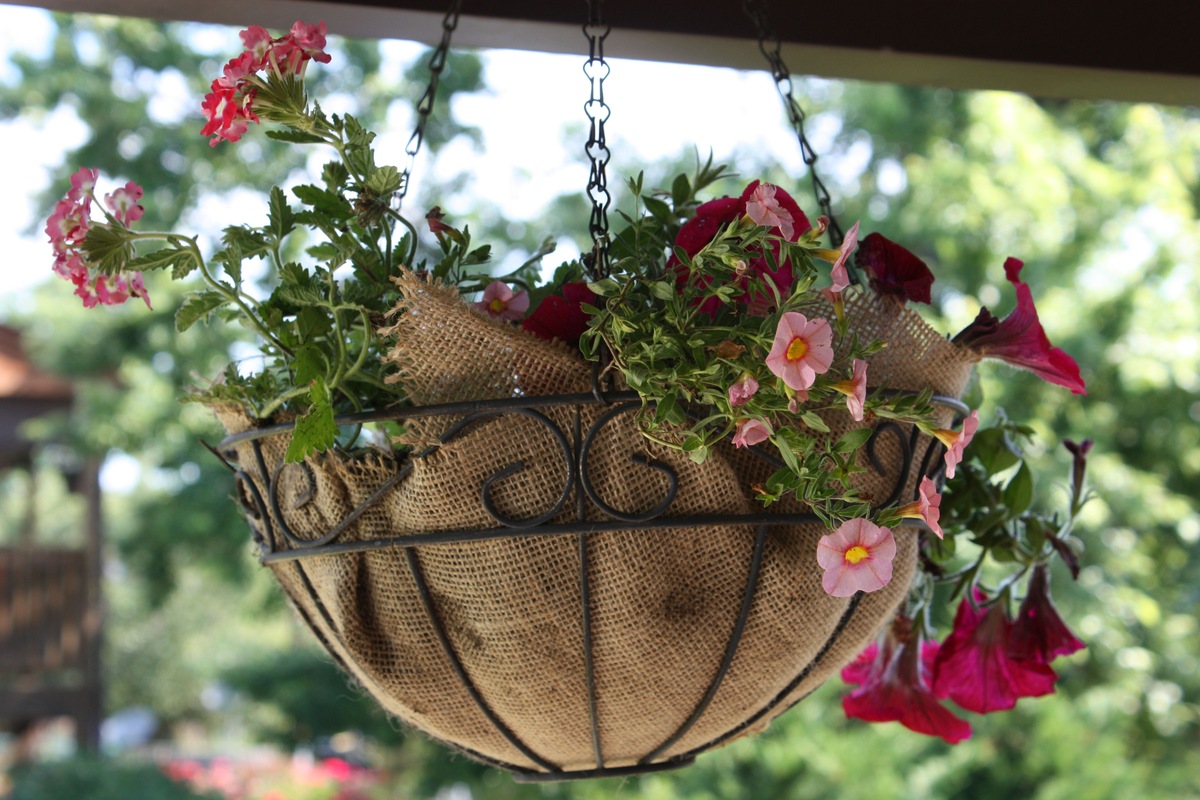
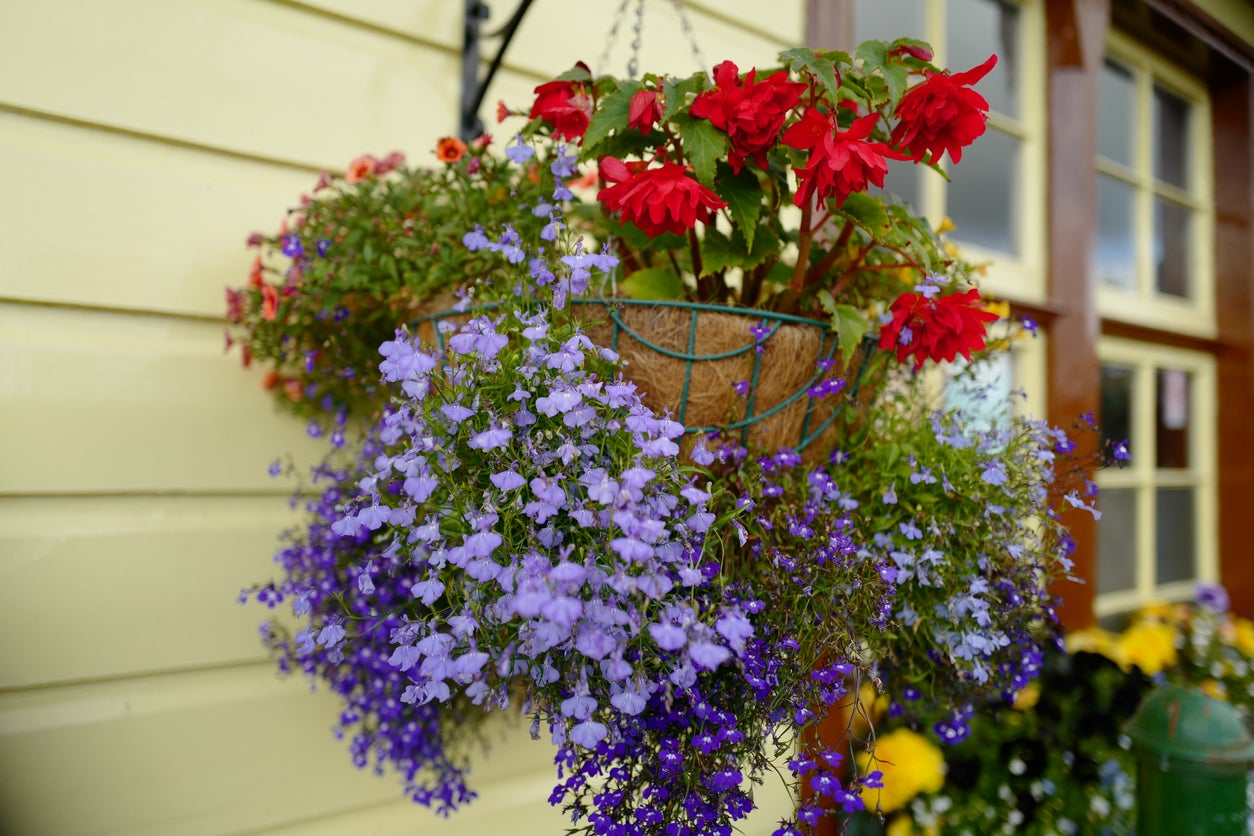
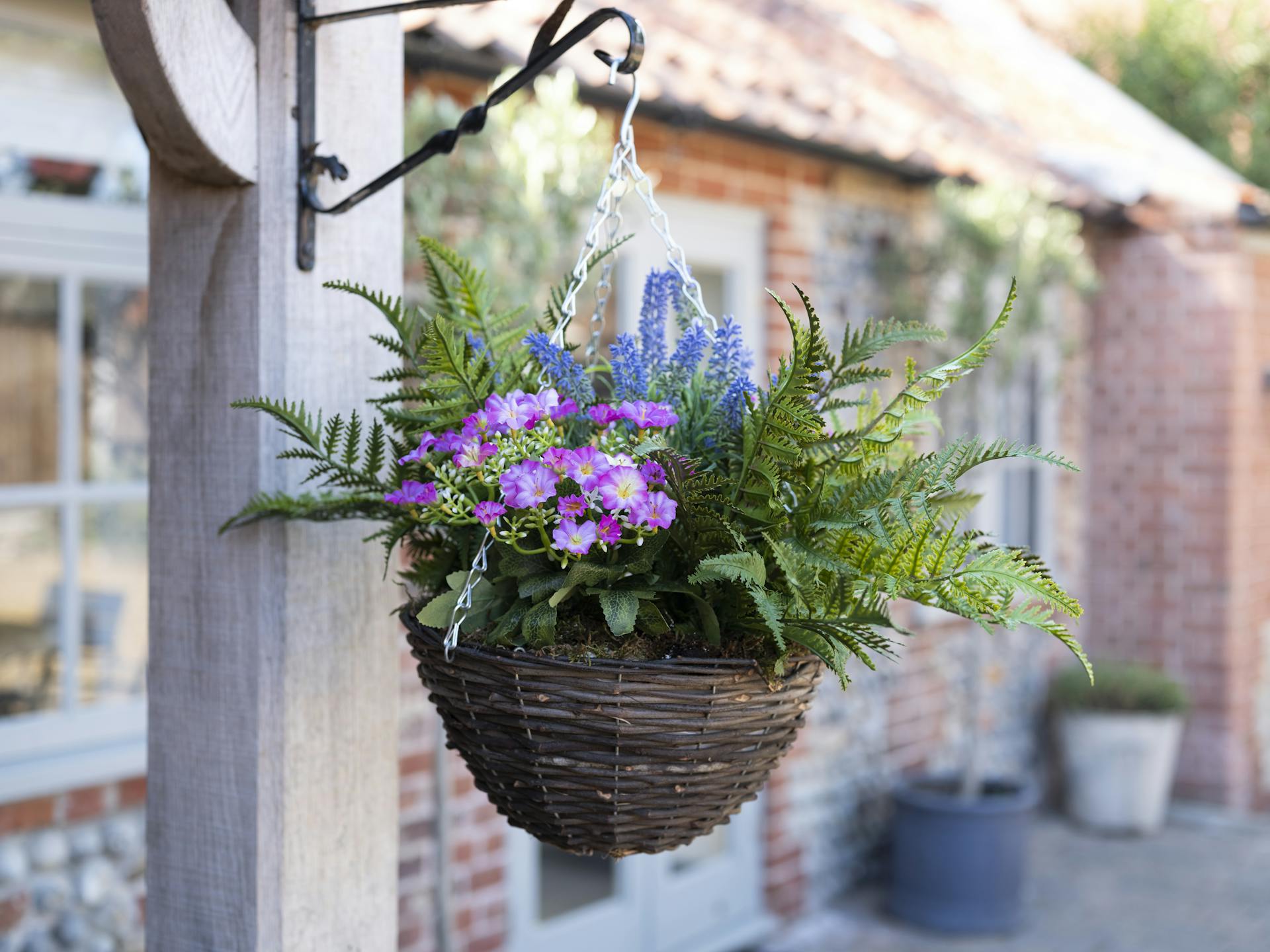
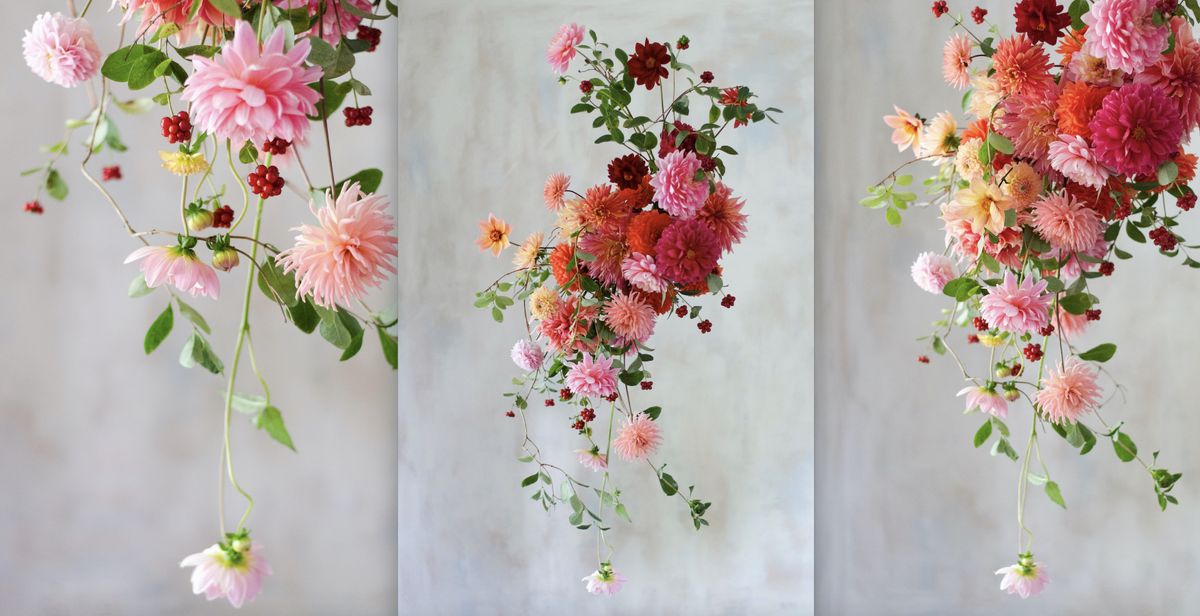


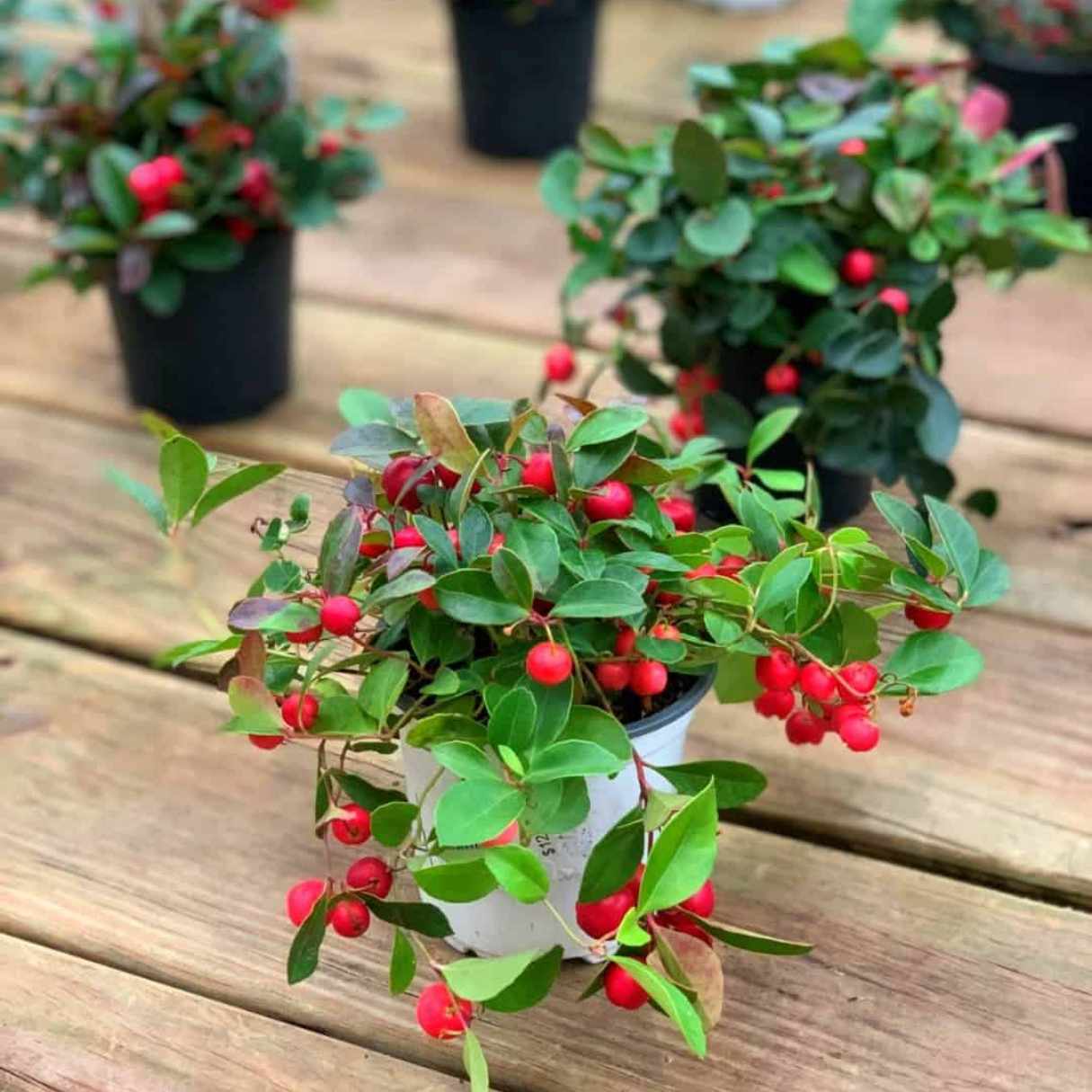
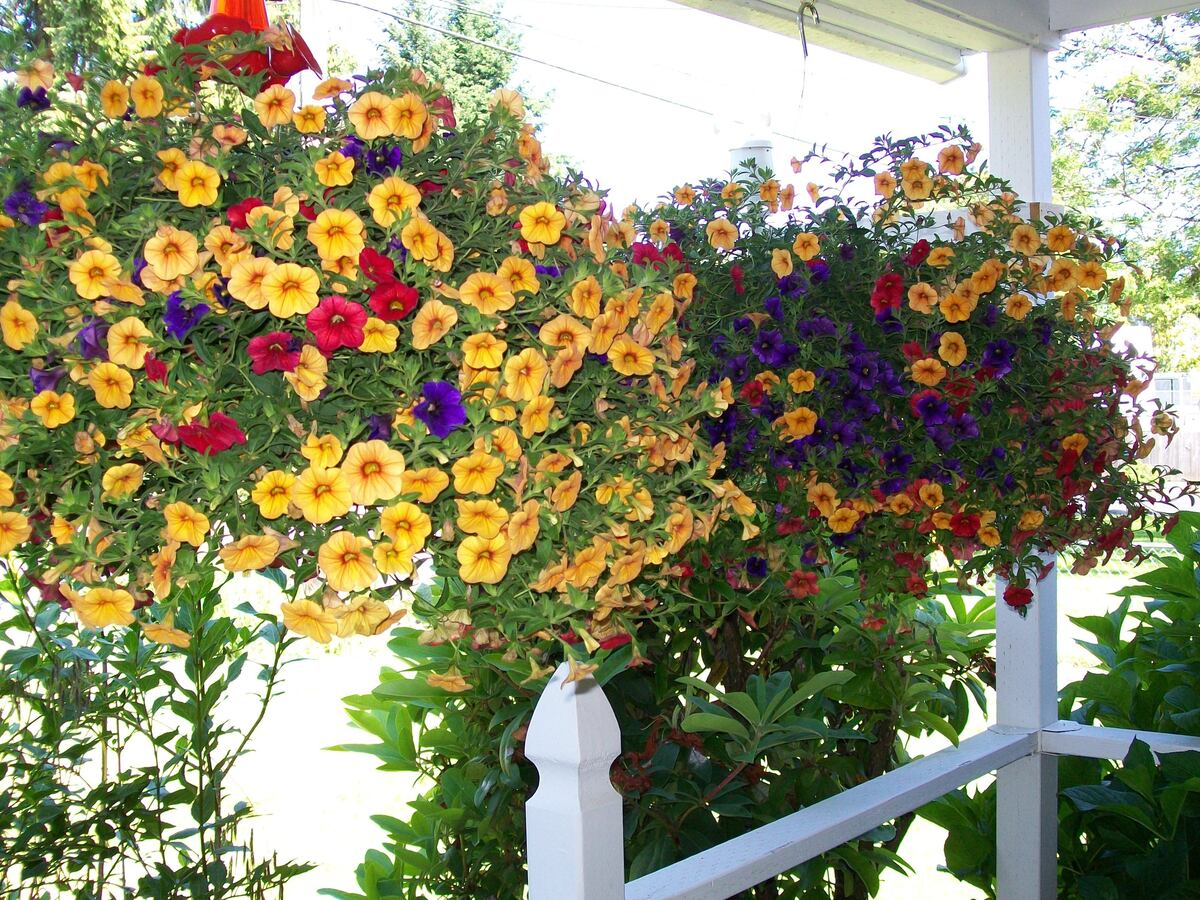
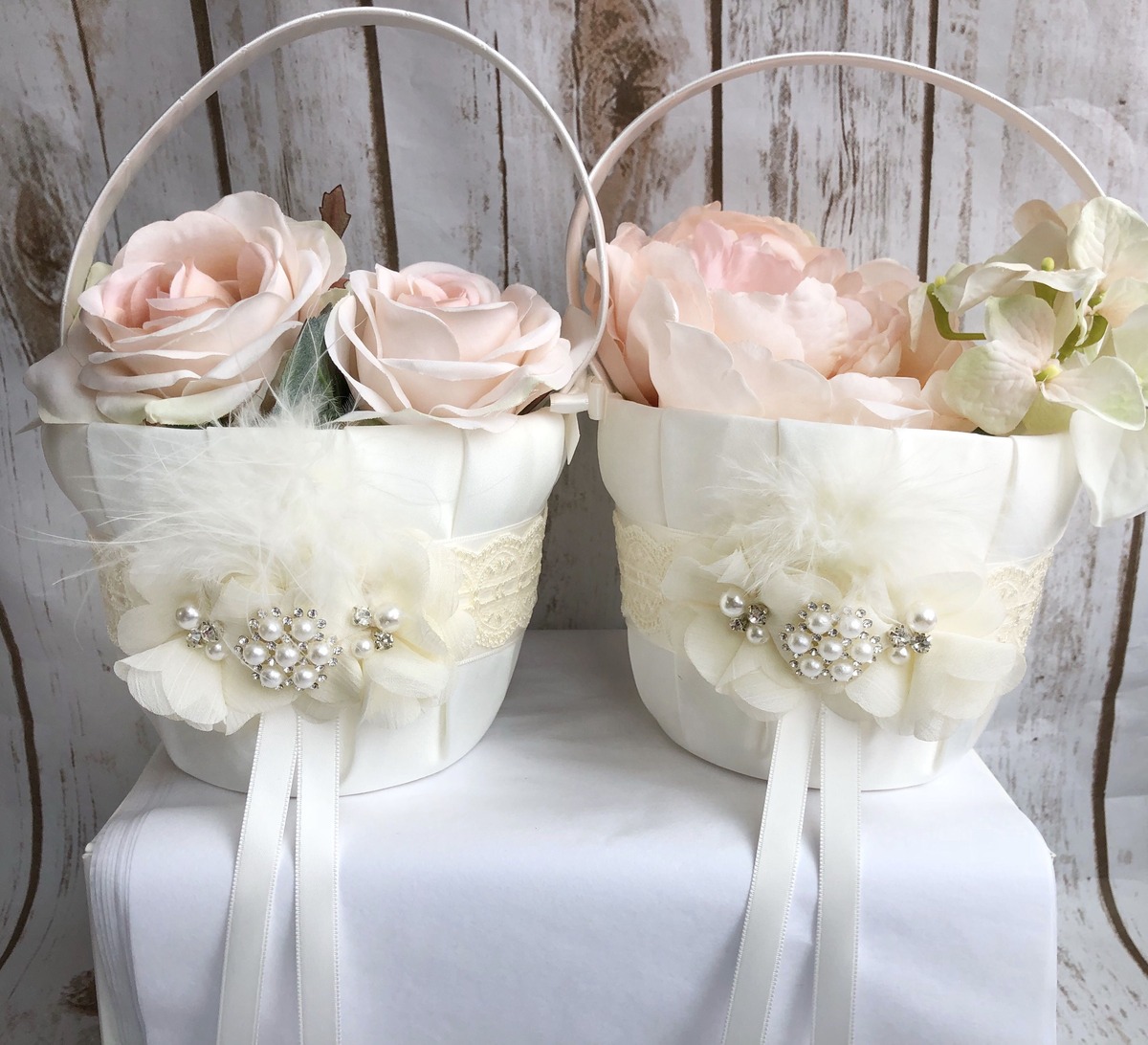
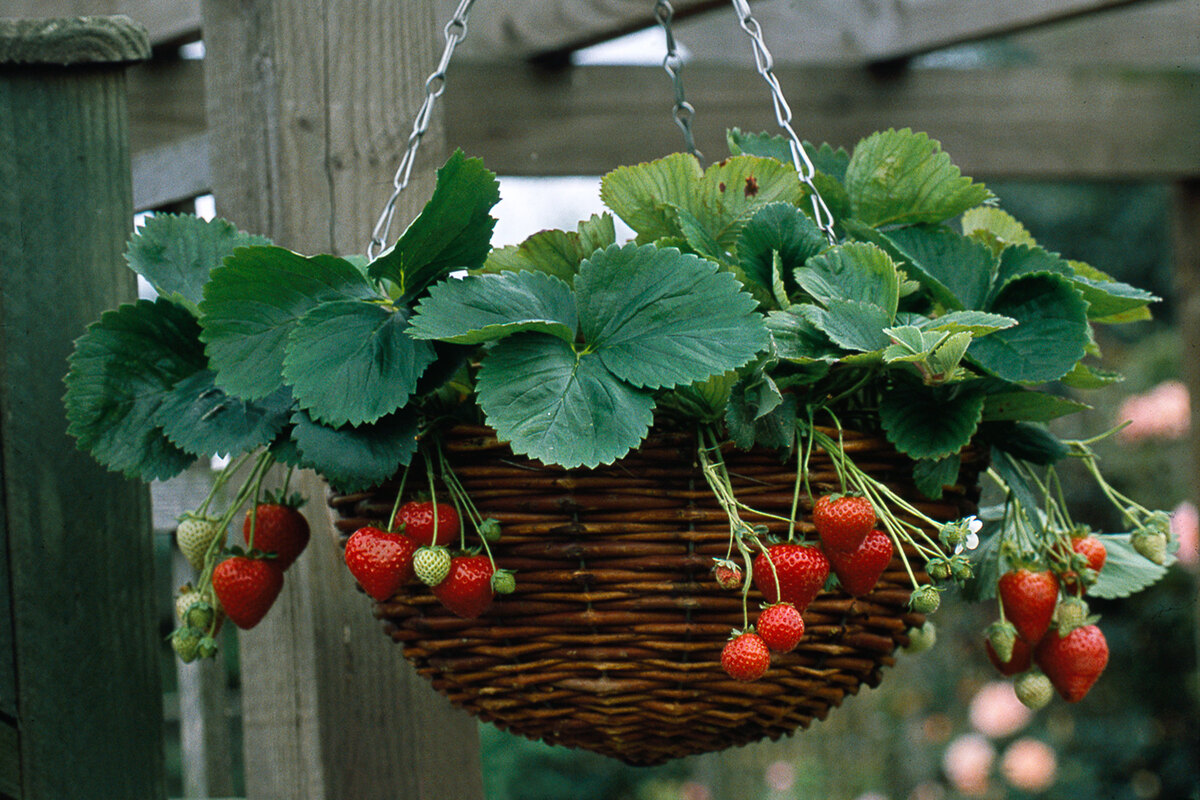
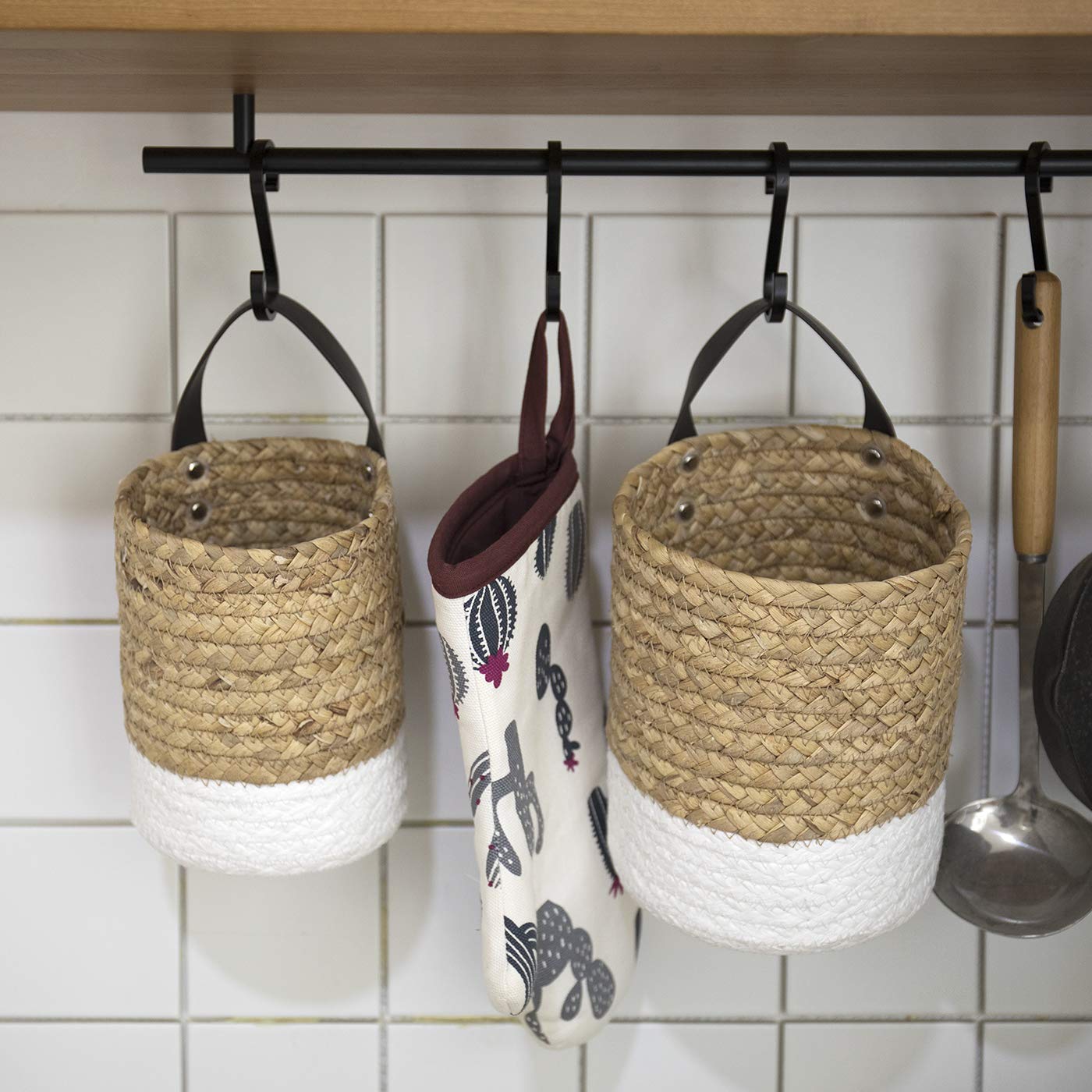
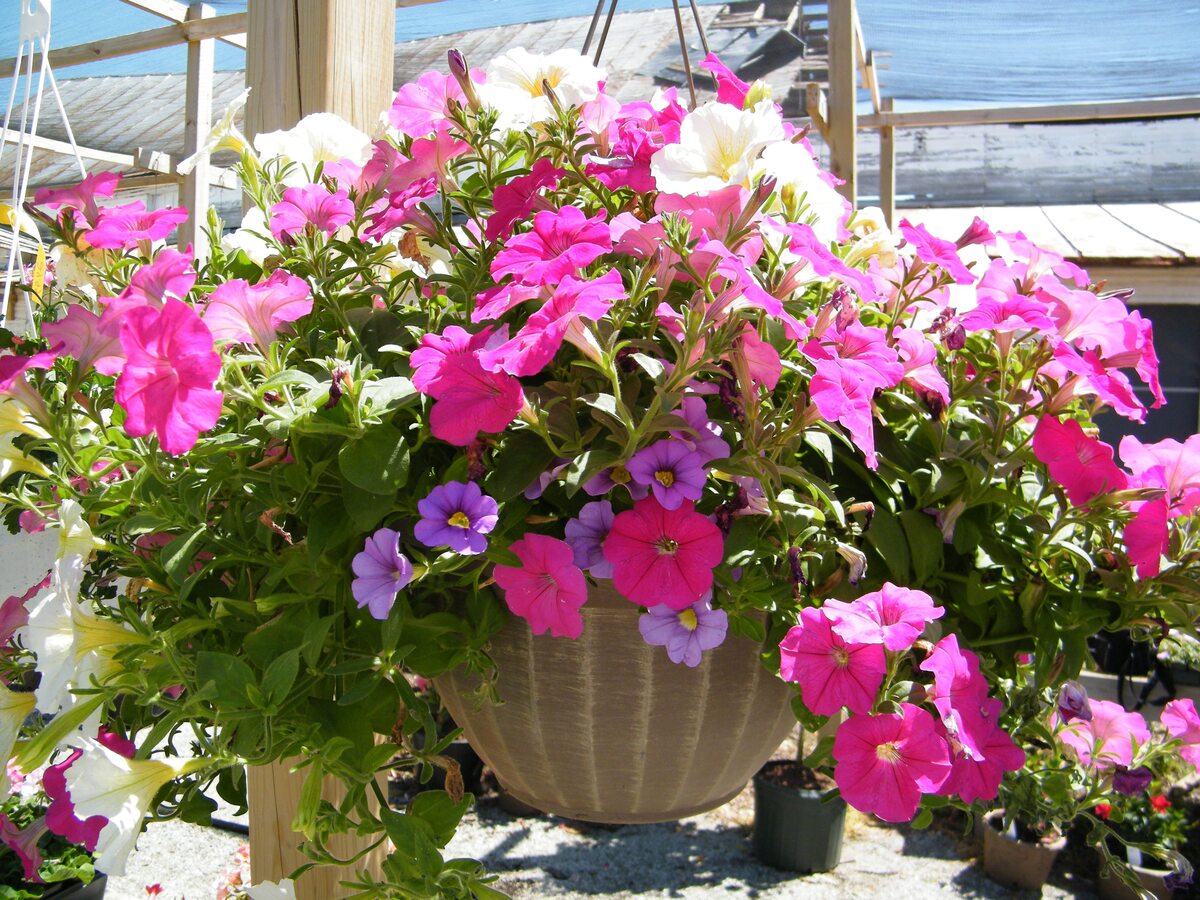
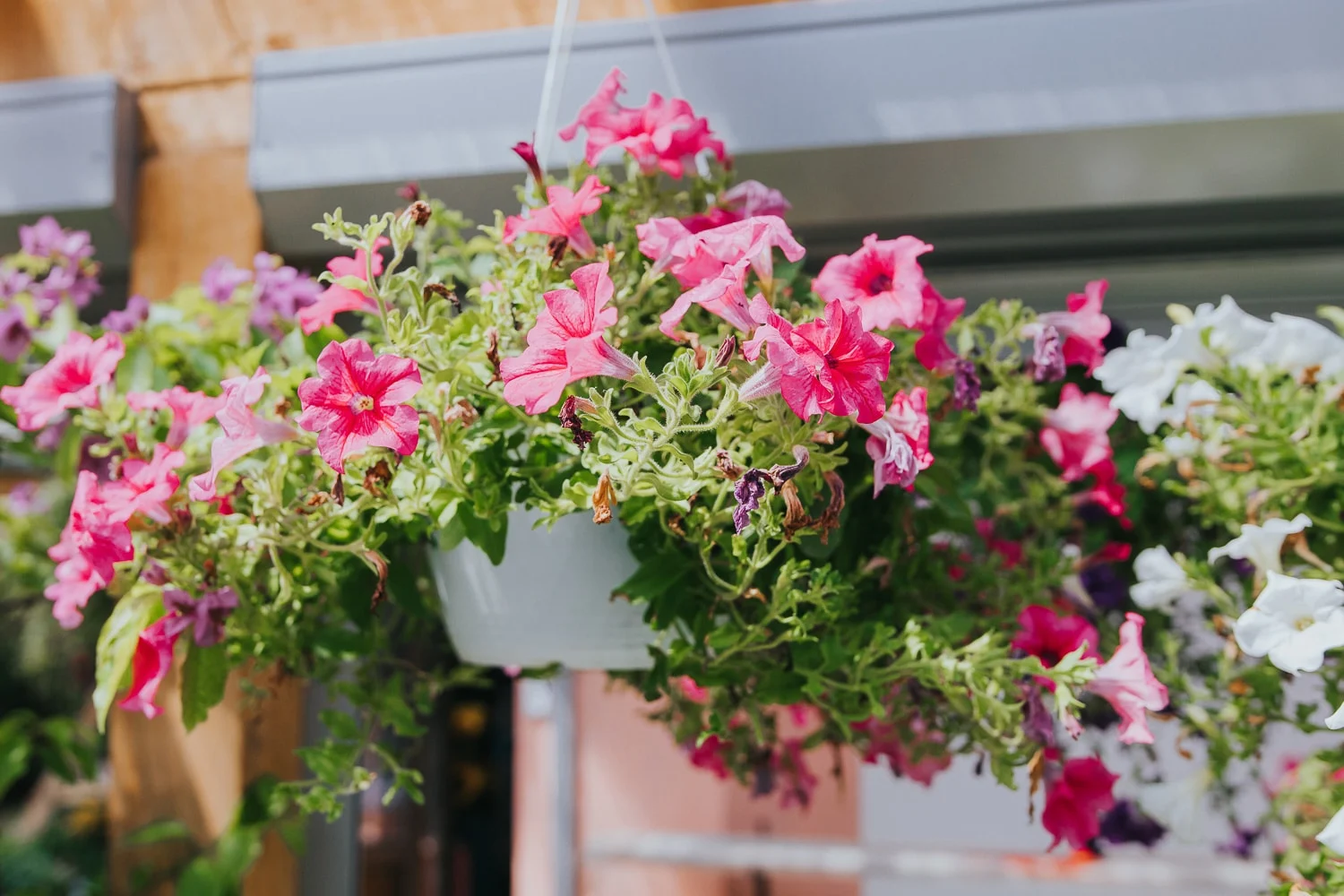

0 thoughts on “How To Care For Hanging Flower Baskets”